 Salute to Service: By Shonee Henry
Salute to Service: By Shonee Henry
Life is short and it is here to be lived. Which is a main reason why I believe that passion is so important. Passion is what energizes life. It turns the impossible into the possible. I’m passionate about volunteering and staying involved with PSAR. And, here’s why you should join me.
I don’t think twice about volunteering. It’s natural for me to do it. God made me to be a helper and volunteer. People might think I’m crazy, but I don’t feel wholesome if I don’t help.
I didn’t realize how effective I could be at volunteering until I actually started volunteering. Does that make sense?
Let me explain: I have been fortunate to volunteer at the national level with the National Association of REALTORS® (NAR). Starting in 2009, I began serving as NAR’s President’s Liaison to the Philippines. Four years later, I was appointed regional coordinator to Asia Pacific, and United Arab Emirates from 2013-2016 representing the NAR President. In my collaborative role, I helped establish partnerships in other countries to promote NAR educational programs and professional designations, including the International Realtor Membership (IRM) and Certified International Property Specialist (CIPS).
Serving with NAR forced me to make public speeches. Before then, I had never been a public speaker. But, I was passionate about helping to lay a global foundation for our real estate industry. I believe success in business is possible only with passion, vibrancy, energy and enthusiasm. Passion is the instinct that drives all great souls. Passion is the fuel which generates pride, ambition and dreams. Nothing great in the world has ever been accomplished without passion of conviction. Your passion for success must be greater than any fear of failure.
So, as a result, my public speeches were filled with passion. Then, after the speech, people said to me, “You’re really good at this. Your speech was inspiring. You really made a difference.” All of that was news to me. Then, I realized my purpose and what I was created to do in life. Passion and purpose go together. The more purpose driven you are, the more you know your purpose for both living and leading as a volunteer. So, only after I started serving did I realize how effective that someone could be and the impact you could make as a volunteer.
Also, volunteering can make you a better REALTOR®. That’s because when people see the passion you have for volunteering, then they will choose to do business with you and your business will grow organically. I have never volunteered for the purpose of increasing my business. However, I have seen that volunteering and sharing the lessons you’ve learned in life has led to new friends and trustworthy contacts and, eventually, to new clients. By sharing your talent, you’re creating a better atmosphere for our industry. So, let me encourage you to share your experience and your talent. Help from the heart.
Because the more focused you are, the more effective you will be. And volunteering helps you to focus. There’s awesome power in a focused life. For example, diffused light doesn’t have much of an effect on what it touches. But, when you focus light, like the rays of the sun through a magnifying glass, you can ignite a piece of paper or grass. If you can focus it even more, it becomes a laser. And, lasers can cut through steel and destroy cancer. The same is true with your life. If you’re directionless, you’ll just drift through without much impact. But, if you focus on a few key goals, such as volunteering, then you can make more of a powerful impact in the world.
Time is your most precious gift you have because we have only a set amount of it. You can make more money, but you can’t make more time. When you give someone your time in volunteer service, then you are giving them a portion of your life that you’ll never get back. Your time is your life. That is why the greatest gift you can give someone is your volunteer time.
Let me encourage you to allocate part of your time to PSAR, increase your passion, expand your participation and volunteer with our Association. Yes, as a PSAR, you can make a difference and be a change-maker for the betterment of our Association.
Sometimes you might think you have the knack for something, but you’re not sure quite where to start. I would say to just face your fears, think outside the box and jump-in with both feet and try it anyway. There are so many opportunities to serve to help others and many ideas that need to be cultivated. Small can turn out to be a big deal. Little can turn out to be much.
Start with the needs of others. If you want to connect with people, start with their needs, their hurts, what they want. Seek to understand before seeking to be understood. Life is all about relationships. Remember, the world does not revolve around you.
You’re braver than you know. You might not think of yourself as courageous, adventuresome, fearless and unafraid. But, I think you should give yourself credit for bravery when you volunteer. Don’t listen to the voices that say, “Who do you think you are?” or, “It can’t be done,” or “Forget about it.”
Maybe you’ve tried to volunteer in the past and it didn’t work-out well. Let me encourage you to try again. We must not permit the failures of the past to defeat victorious living today. Failures of the past do not nullify purposes in the future. Experience is not what happens to you; it is what you do with what happens to you. Do not allow the fears of the future to rob us of passion today. Instead, explore and discover your hidden talents. When you volunteer, you will discover the better part of yourself.
You were created for more than just selling real estate. I started in real estate to help me achieve my dream of sharing wealth and wisdom with those less fortunate. Life is not about things. You’ve got to maintain the right perspective about possession, or you’ll be possessed by your possessions. The greatest things in life aren’t things. But, passion as a volunteer helps you get out of bed in the morning. It’s because you know there’s something bigger than you are and you can hardly wait to get at it again. So, get involved and take action today about volunteering with PSAR.
Shonee Henry began her real estate career in 2002.


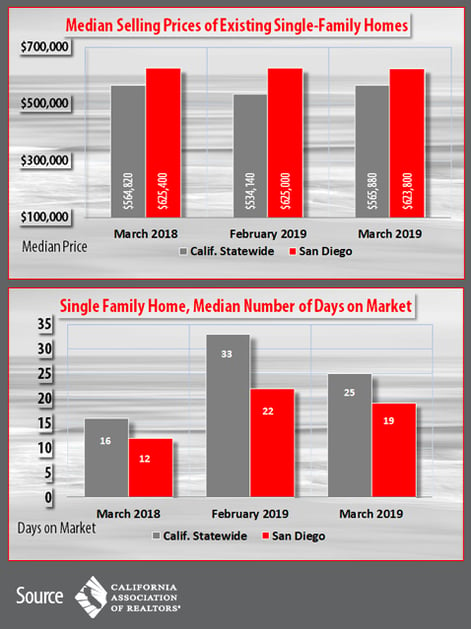 Other key points from the March 2019 resale housing report included:
Other key points from the March 2019 resale housing report included: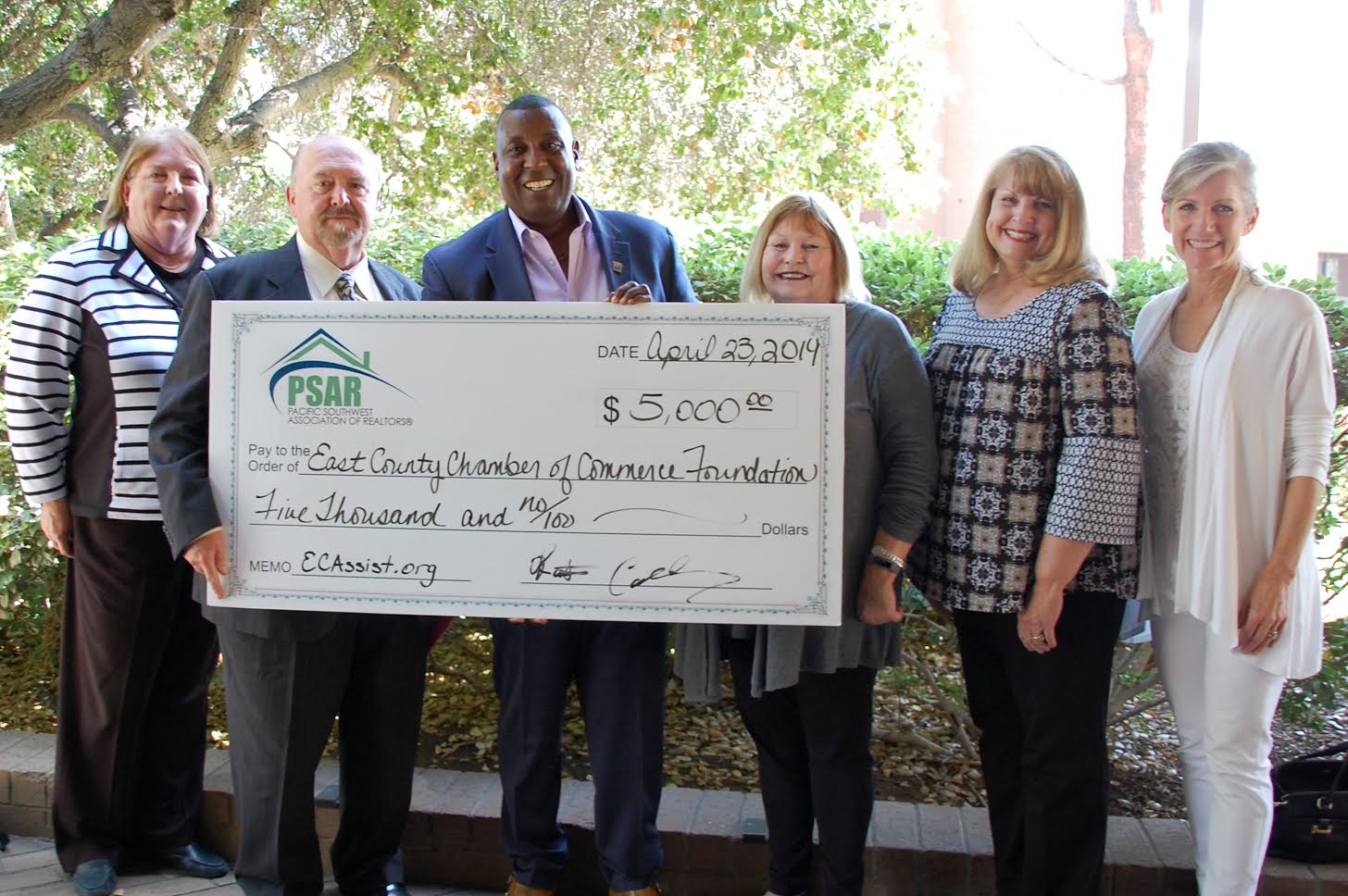
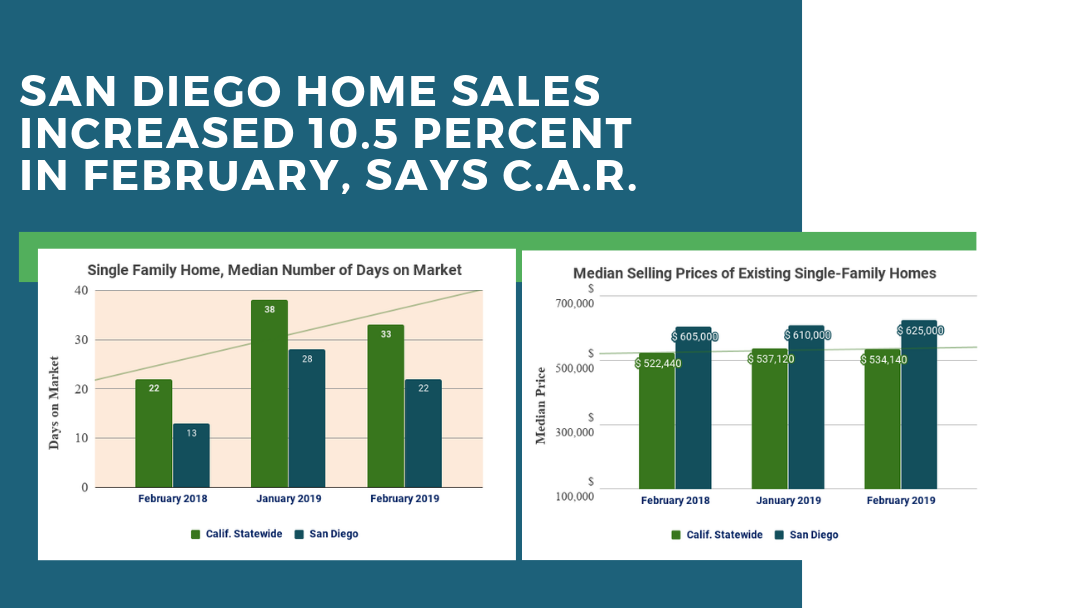
.png?width=646&name=chart%20(2).png)
.png?width=629&name=chart%20(3).png)
.jpg?width=525&name=IMG_0662%20(1).jpg) PSAR keeps growing and expanding. One shining example of PSAR’s ongoing expansion has been the success of the recently opened PSAR Central San Diego Service Center at 4340 Genesee Ave., Suite #203, San Diego.
PSAR keeps growing and expanding. One shining example of PSAR’s ongoing expansion has been the success of the recently opened PSAR Central San Diego Service Center at 4340 Genesee Ave., Suite #203, San Diego.



.png?width=550&name=Salute%20to%20Service%20-%20Robert%20Cromer%202%20(1).png) I have never been the kind of person who likes to sit back and watch. Instead, I get involved. That’s why I have chosen to be involved in leadership at PSAR. And may I encourage you to also get involved.
I have never been the kind of person who likes to sit back and watch. Instead, I get involved. That’s why I have chosen to be involved in leadership at PSAR. And may I encourage you to also get involved.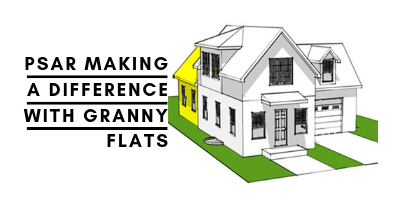
.png?width=750&name=Chart%20for%20411%20-%20Feb%2022%20(1).png)
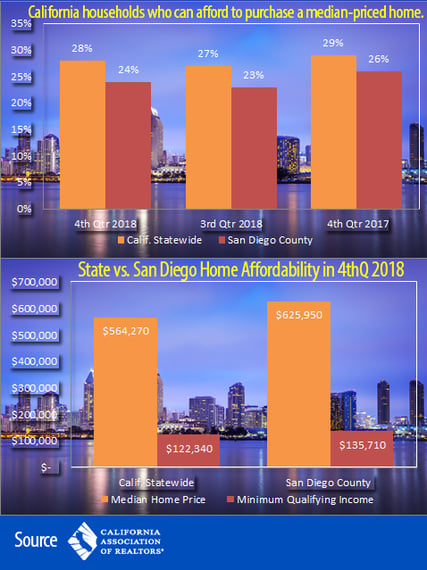 Lower seasonal home prices allowed more Californians to afford a home purchase in the fourth quarter of 2018, compared to the previous quarter, but higher interest rates pushed affordability lower compared to the previous year, according to the California Association of REALTORS®’ (C.A.R.) “Housing Affordability Index” (HAI).
Lower seasonal home prices allowed more Californians to afford a home purchase in the fourth quarter of 2018, compared to the previous quarter, but higher interest rates pushed affordability lower compared to the previous year, according to the California Association of REALTORS®’ (C.A.R.) “Housing Affordability Index” (HAI).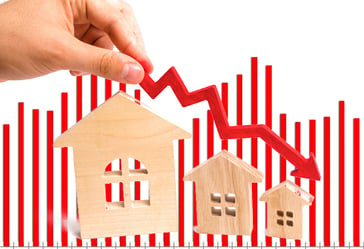 PSAR members filled a packed room this week at the East County Service Center in El Cajon to look into the future and hear “2019 Housing Market Outlook,” a presentation from Oscar Wei, senior economist, California Association of REALTORS® (C.A.R.).
PSAR members filled a packed room this week at the East County Service Center in El Cajon to look into the future and hear “2019 Housing Market Outlook,” a presentation from Oscar Wei, senior economist, California Association of REALTORS® (C.A.R.).